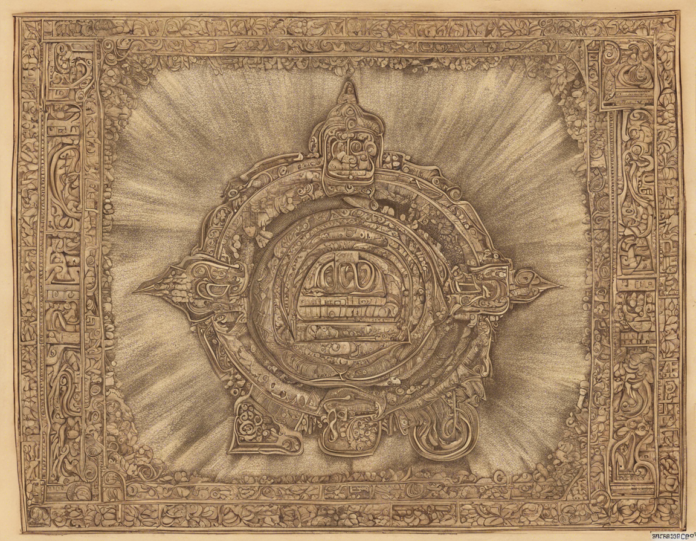The Kannada language is a prominent language spoken by over 44 million people predominantly in the Indian state of Karnataka and neighboring regions. It is one of the oldest literary languages in India and holds a rich history of culture and heritage. In this article, we will delve into the intricacies of the Kannada language, exploring its origins, structure, significance, and unique characteristics that set it apart from other Indian languages.
Origin and History of Kannada Language
The roots of the Kannada language trace back to over two millennia, with its early forms found in ancient inscriptions dating as far back as the 5th century AD. Kannada has evolved through different periods, including the Old Kannada, Medieval Kannada, and Modern Kannada eras. The script used for writing Kannada is derived from the Brahmi script and has undergone modifications over the centuries to reflect the phonetic nuances of the language.
Unique Features of Kannada Language
-
Alphabet – The Kannada script consists of 49 letters, each representing a unique sound. It is an abugida script where consonants carry an inherent vowel sound that can be modified using diacritical marks.
-
Grammar – Kannada grammar is characterized by agglutination, where suffixes are added to root words to convey various grammatical meanings. It has a complex system of case endings that determine the grammatical roles of nouns in a sentence.
-
Literature – Kannada boasts a rich literary tradition with works spanning various genres such as poetry, prose, drama, and folk literature. Notable literary figures like Pampa, Ranna, and Kuvempu have made significant contributions to Kannada literature.
-
Dialects – Variations in Kannada dialects can be observed across different regions of Karnataka. The North Karnataka dialect is distinct from the South Karnataka dialect in terms of pronunciation, vocabulary, and grammar.
Significance of Kannada Language
-
Cultural Identity – Kannada is not just a means of communication but a symbol of cultural identity for the people of Karnataka. It serves as a medium for preserving and promoting the state’s rich heritage and traditions.
-
Administrative Language – Kannada holds the status of being the official language of the state of Karnataka, used in government publications, administration, and educational institutions.
-
Literary Heritage – The treasure trove of Kannada literature spanning centuries reflects the intellectual and creative prowess of Kannada writers. It is a source of pride and inspiration for generations of Kannadigas.
Challenges and Future Prospects
Despite its significance, Kannada faces challenges in the modern era, including the influence of other languages, technological advancements, and the need for digital literacy in Kannada. Efforts are being made to promote Kannada language education, develop linguistic tools, and preserve cultural heritage through various initiatives.
FAQs (Frequently Asked Questions)
-
Is Kannada a difficult language to learn?
Kannada can be challenging for beginners due to its unique script and grammar. However, with practice and dedication, it is possible to learn and master the language. -
What are some common greetings in Kannada?
Common greetings in Kannada include “Namaskara” (Hello), “Hegidira?” (How are you?), and “Shubhodaya” (Good morning). -
Are there online resources available for learning Kannada?
Yes, there are several online platforms, mobile apps, and websites that offer Kannada language courses and resources for beginners. -
How can I improve my Kannada vocabulary?
Reading Kannada books, newspapers, and watching Kannada movies can help you improve your vocabulary. Additionally, practicing speaking with native speakers can enhance your language skills. -
What are some popular Kannada proverbs and sayings?
Popular Kannada proverbs include “Hasivu Mareyuvudu Nalku Bayake” (Hunger Changes to Four Fears) and “Halu Meesalu Hakidare, Hakku Meesalu Malomadrabeku” (If you plant bitter gourd, you should be able to eat bitter gourd).
In conclusion, the Kannada language stands as a testament to the rich cultural heritage of Karnataka, reflecting the diversity and linguistic vibrancy of the region. By appreciating and embracing the essence of Kannada, we not only preserve a language but also a legacy that transcends time and enriches our understanding of Indian languages and culture.









